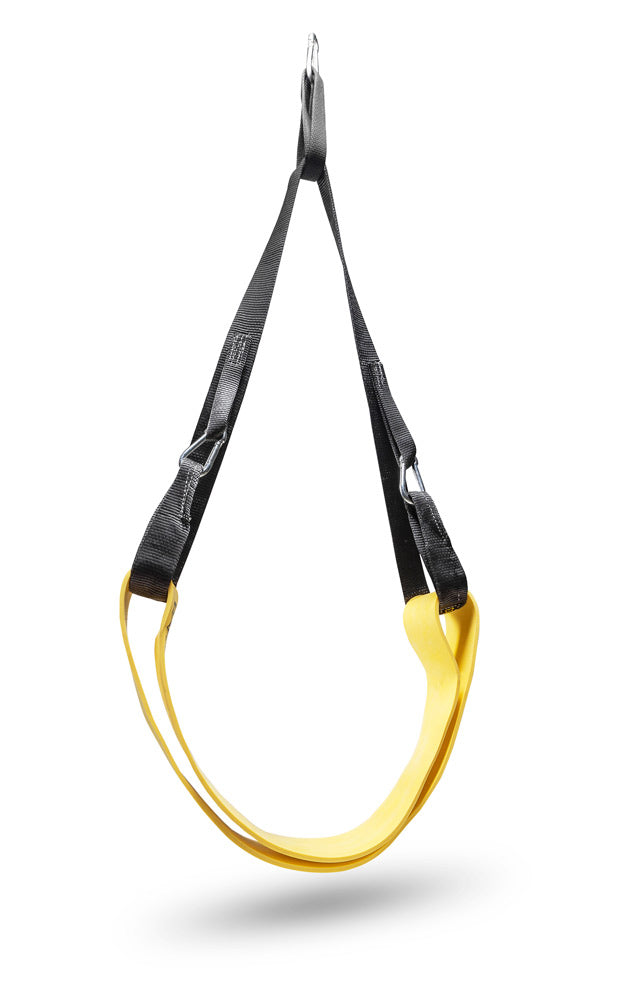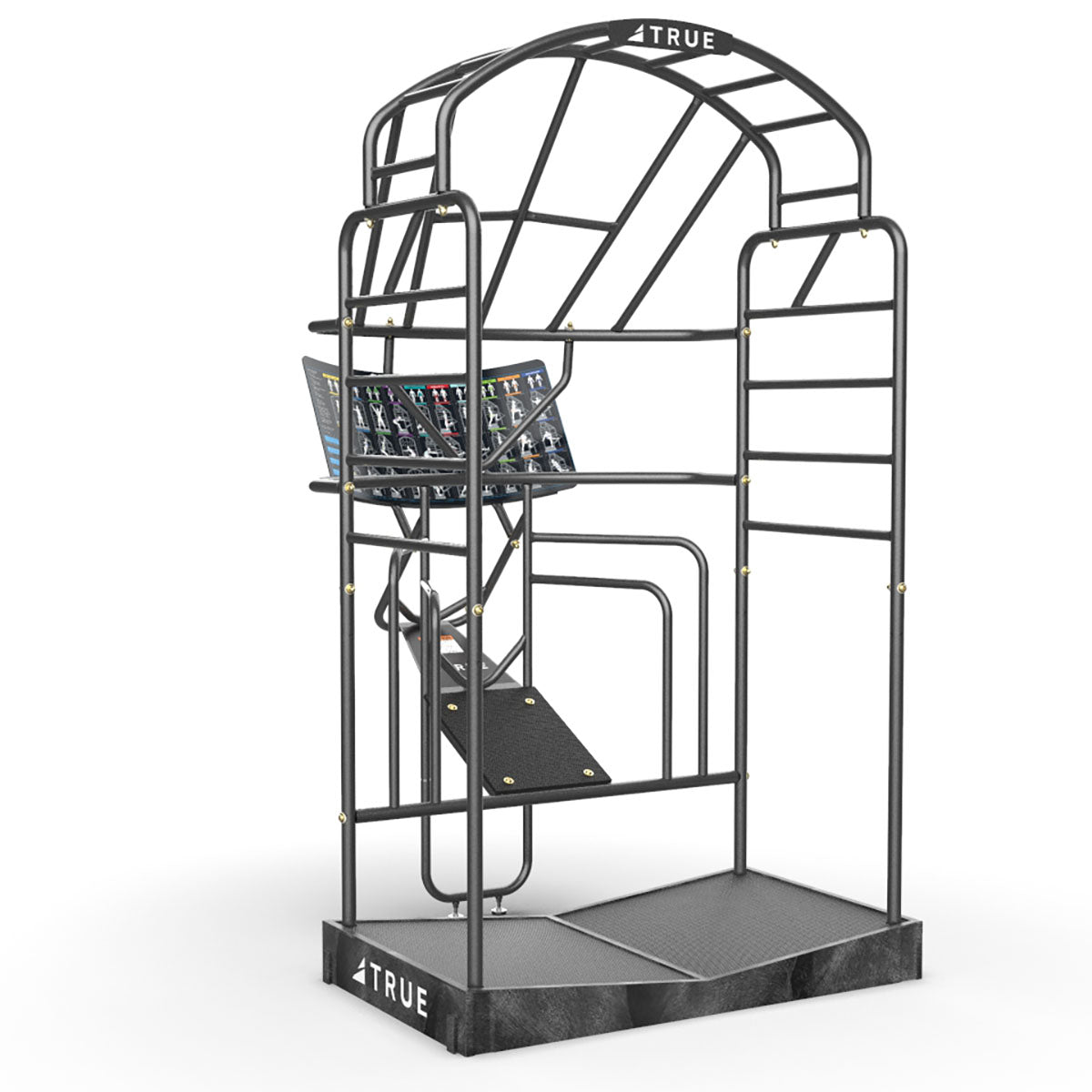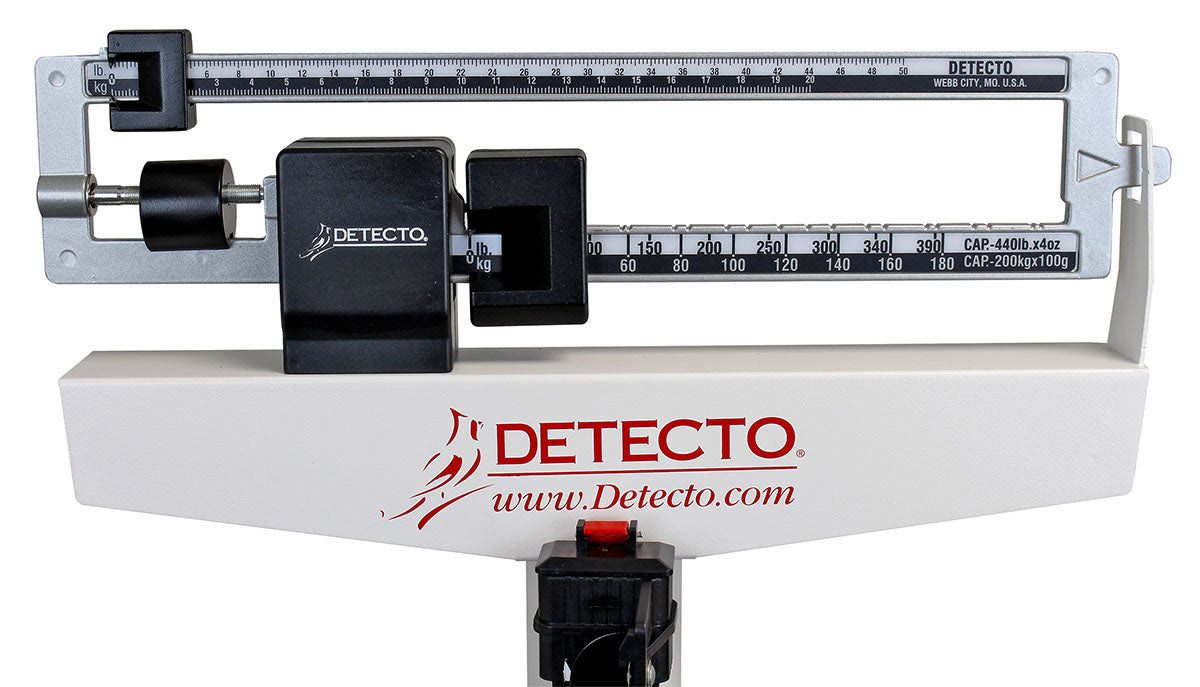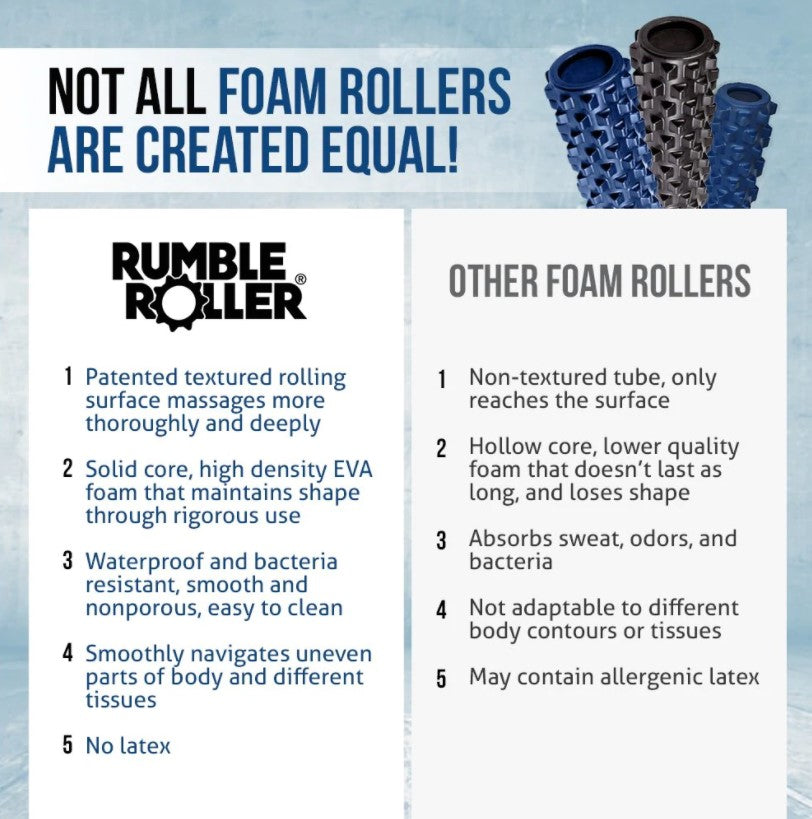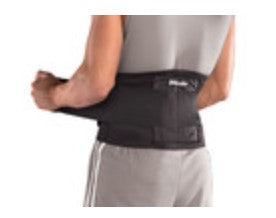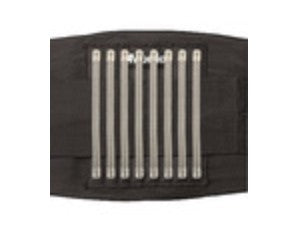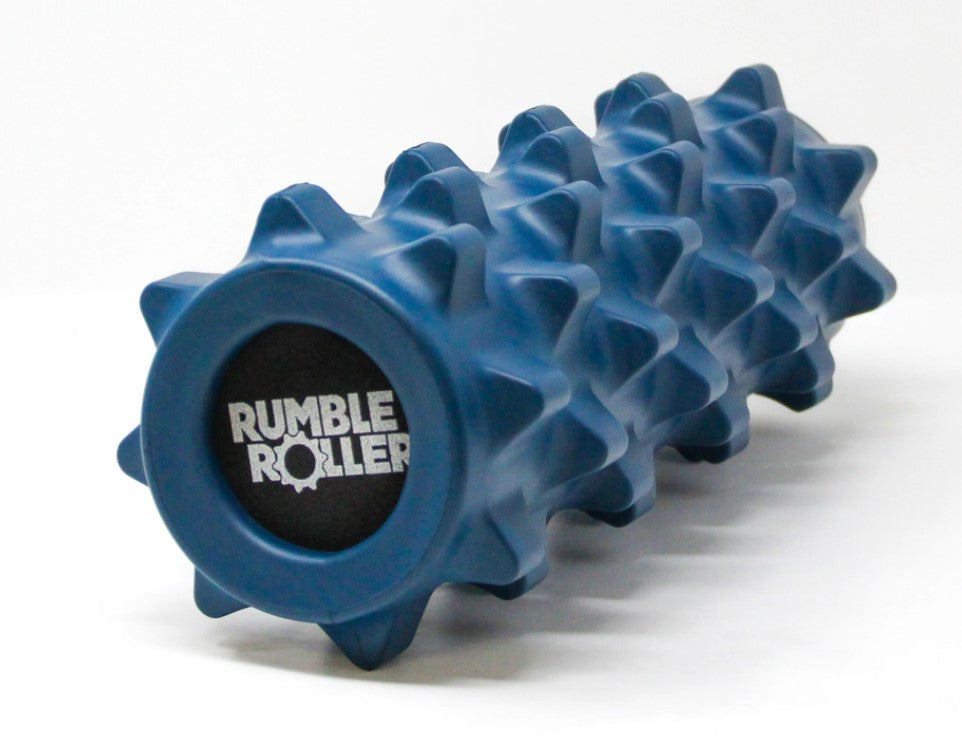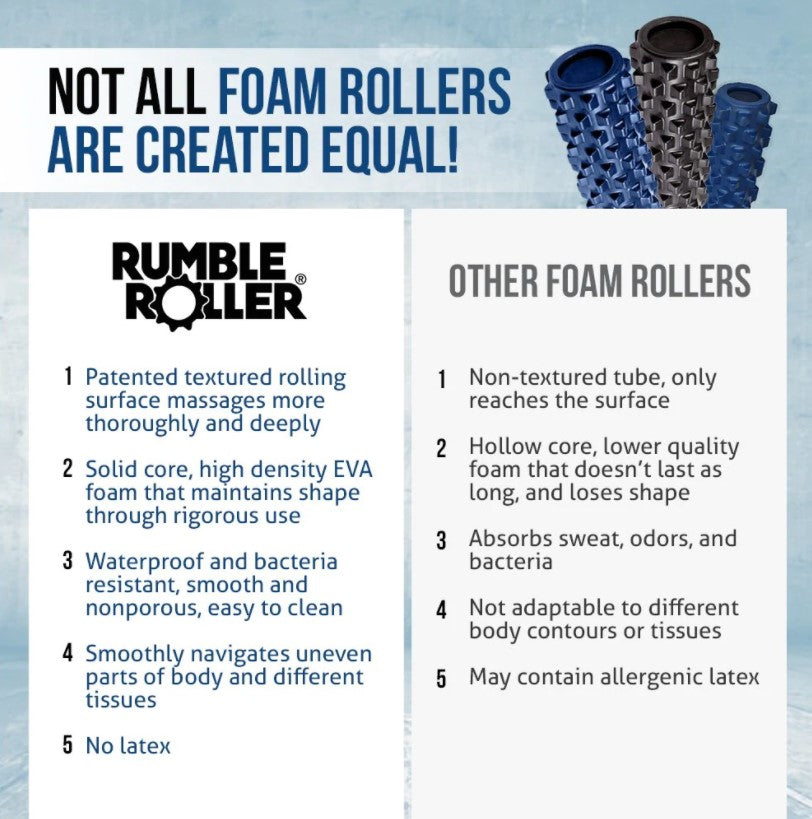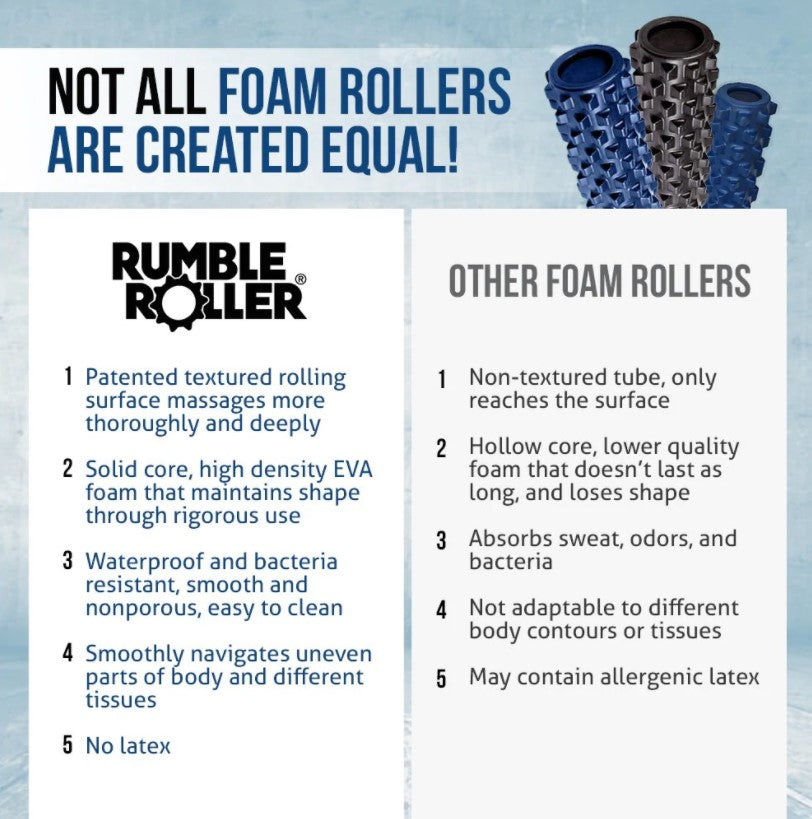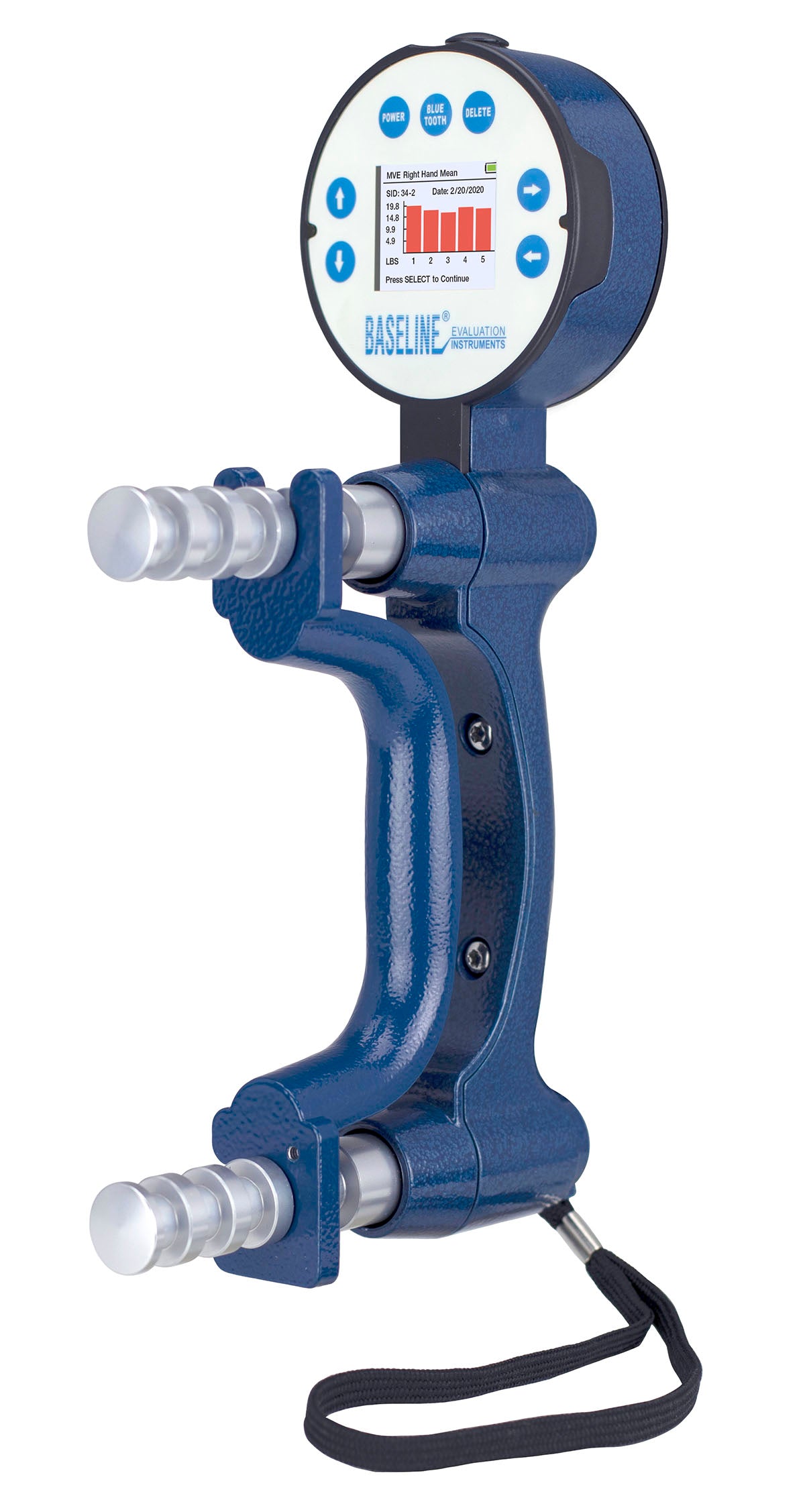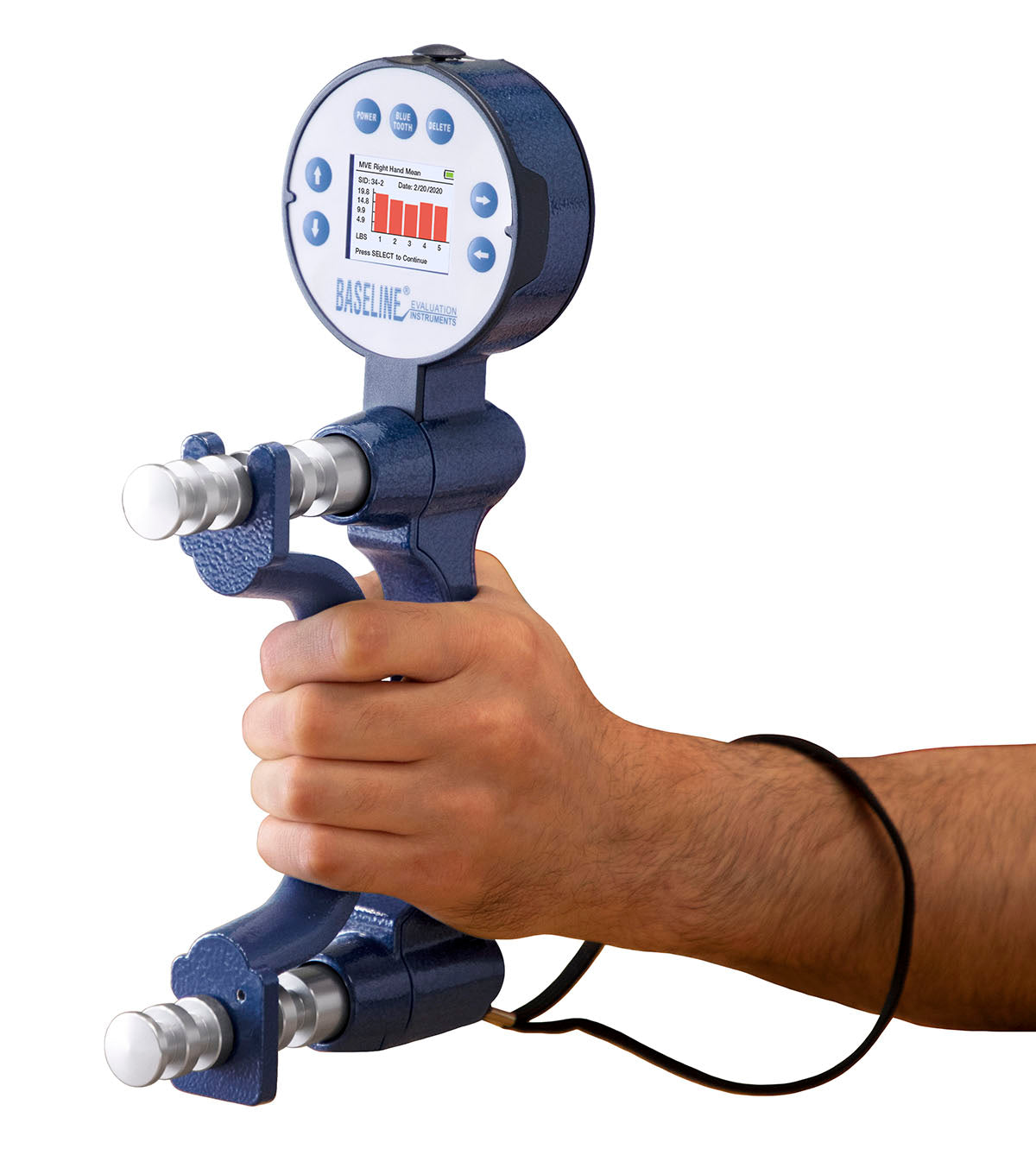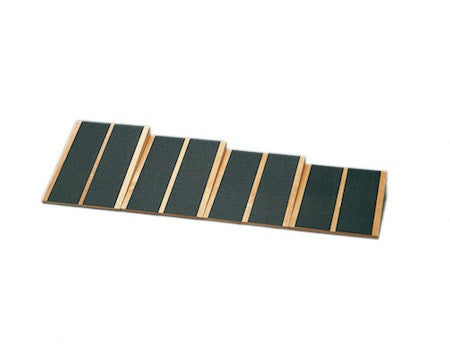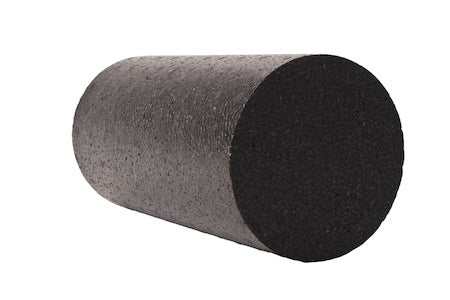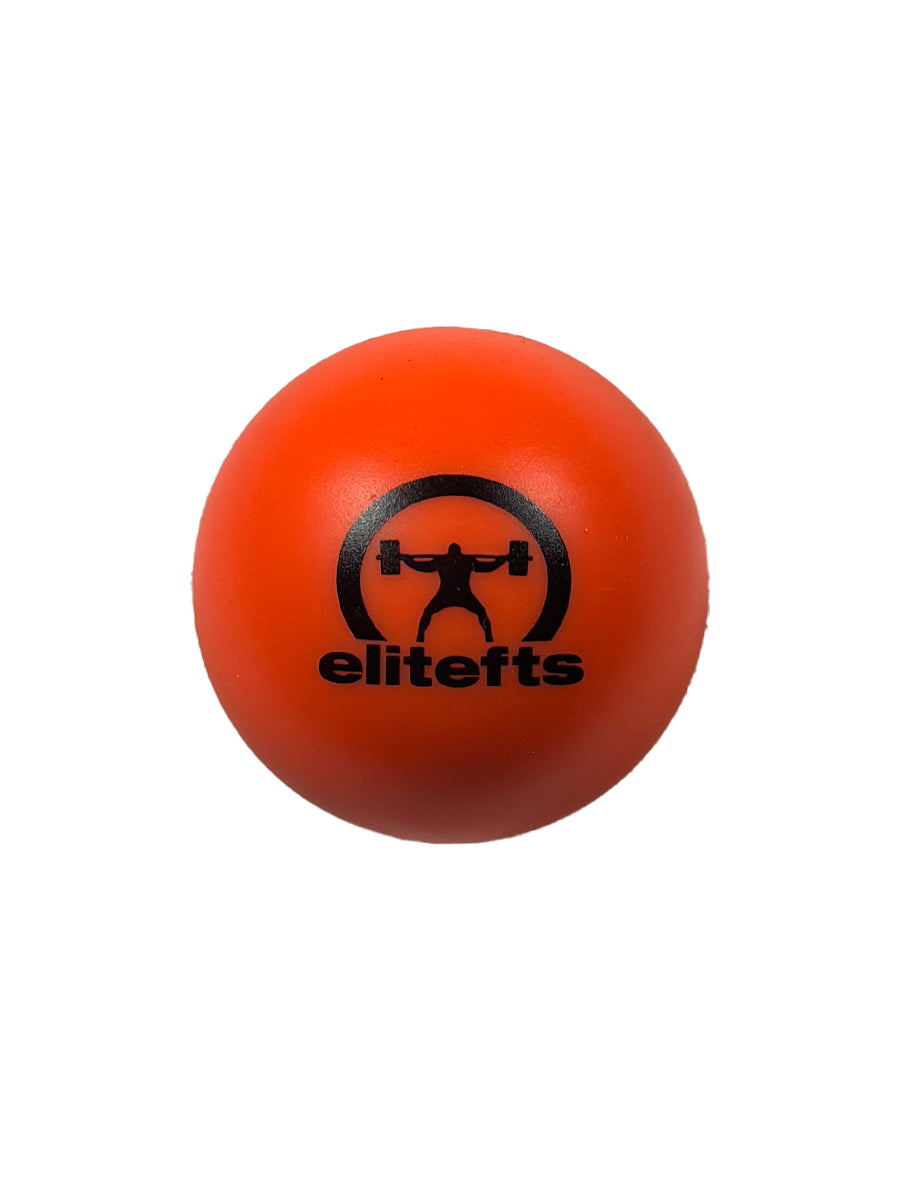Joint Stability or Mobility? | |
| Foot | Stability |
| Ankle | Mobility |
| Knee | Stability |
| Hip | Mobility |
| Lumbar Spine | Stability |
| Thoracic Spine | Mobility |
| Cervical Spine | Stability |
| Scapula | Stability |
| Gleno-humeral | Mobility |
| Elbow | Stability |
| Wrist | Mobility |
| Hand | Stability |
Ankle Mobility and Foot Stability
Some ways you can reduce the chance of lower non-contact lower extremity injuries on the field. 1. Warm-up and do movement preparation barefoot. This is not the cure-all but shoes add stability but supporting not strengthening. Add cleats and this problem can be multiplied. 2. Ankle mobility in the sagittal plane. Increased strength of the anterior-tibialis when dorsi-flexing along with increased range of motion when plantar flexing will help reduce the possibility on injury, increase squat depth, create better change of direction angles, and prevent the foot (joint below), knee, and hip (joints above) from compensating. 3. Increase strength in the frontal and transverse planes. This can enhance the proprioceptive qualities of the lower leg. Along with more efficient neuromuscular coordination, this can keep the athlete in a better biomechanical position on the field. Movements & Planes of Motion for the Ankle Joint | ||||||
| Plane of Motion | Sagittal | Sagittal | Frontal | Frontal | Transverse | Transverse |
| Movement | Plantar-Flexion | Dorsi-Flexion | Eversion | Inversion | Internal Rotation | External Rotation |
| Strength/ Mobility | Mobility | Strength | ||||
Band Dorsi-Flexion
Band Dorsi-Flexion
Ankle Rotation
Elitefts™ Advisor and Mountain Dog Training & Nutrition owner John Meadows demonstrating ankle rotation.


